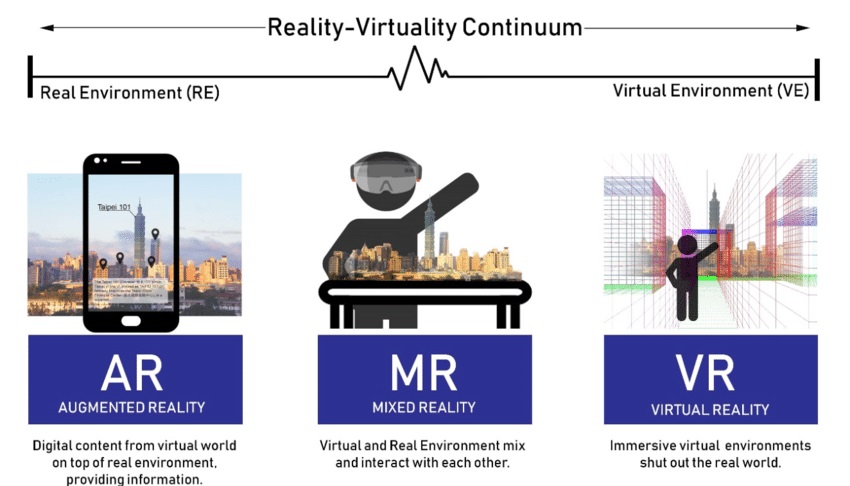A mechanism that quietly removes unfit cells that don’t express a particular gene before an embryo starts to develop is discovered.
Transposons (jumping genes) are dangerous little pieces of DNA that can insert themselves into different regions of the genome, damaging it and leading to cell death.
Inner cell mass is a blob of pluripotent cells that gathers towards one side of the embryo and the other cells arrange themselves around this blob.
References
A French crime series shows the police using immersive technology to recreate the 3D image of a crime scene.
Underlying Technologies

References
The Ministry of Social Justice said that a total of 530 districts across the country had so far reported themselves to be free of manual scavenging.
Government Measures
References
Bengaluru has become the first Indian city to become part of the World Cities Culture Forum (WCCF).
Bengaluru
References
The Resource Efficiency and Circular Economy Industry Coalition (RECEIC) was launched by Union Minister for Environment, Forest and Climate Change.
Circular Economy
References